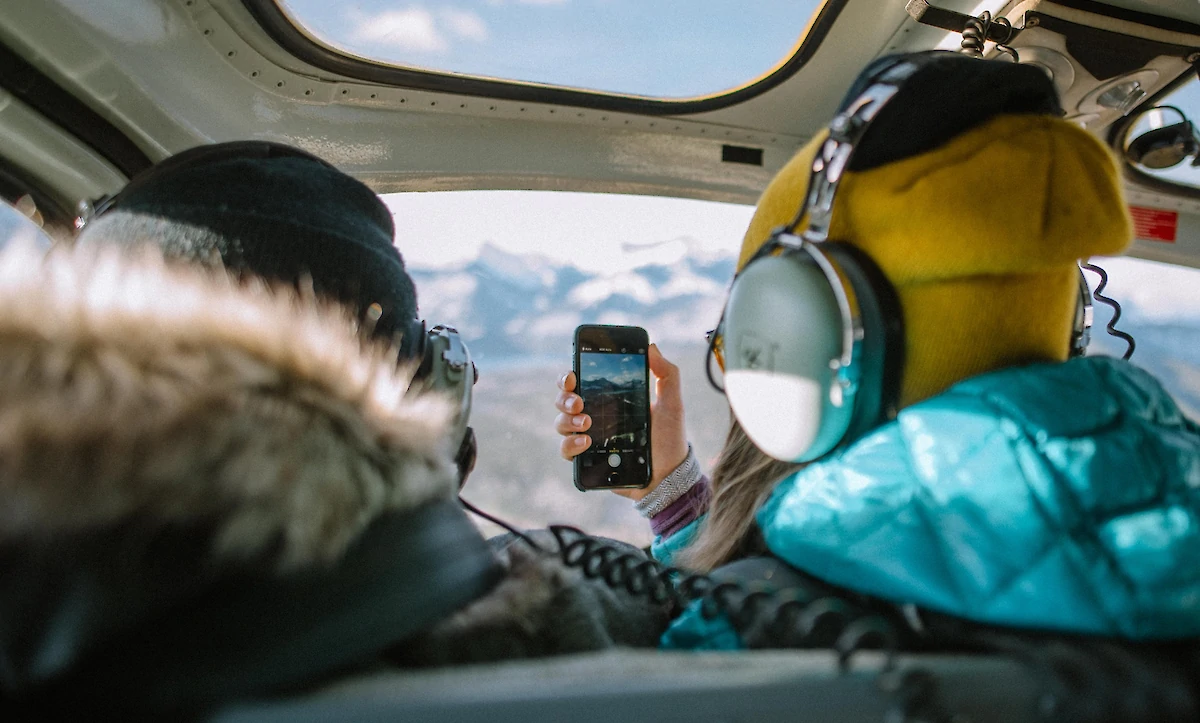4 Things You Didn’t Know About The Banff Hot Springs

Discover the fascinating history and science behind the Banff Hot Springs. From rare snails to geothermal wonders, Banff Adventures shares fun facts and tips for your next Rockies getaway.
While Banff hot springs may be temporarily closed until the end of this year, the fun doesn’t stop with Banff Adventures! It’s never too early to build some excitement and learn something new! In this short blog, we’ll dive into a few fascinating facts about one of Banff’s most-loved spots for soothing relaxation and full-body rejuvenation.
Banff Adventures is your go-to source for creating unforgettable memories in the heart of the Rocky Mountains. With a full catalogue of extraordinary activities, high-quality equipment rentals, and all-in-one packages, we’re here to help make your next trip one that you’ll never forget. Let’s dive in.
#1: It’s the Home of the Banff Spring Snail
The Banff Hot Springs are a thriving home to microbial life, including the Banff Springs Snail. True to its name, the Banff Spring Snail is endemic to the Banff Hot Springs (meaning it’s only found there!). If you do want to spot this rarely-seen critter, you’ll need to keep a sharp eye out. The Banff Spring Snail is relatively elusive, mostly found near the edges of thermal waters.
That being said, you won’t find this fascinating snail sunbathing at the recreational Upper Hot Springs pool! This critter thrives in the mineral-rich, freshwater of a few natural thermal springs, including the nearby Cave and Basin National Historic Site.
#2: The Hot Springs Started The National Park?
You’ve heard of the chicken and the egg dilemma. But here’s another one: what came first, the hot springs or the national park? The story may surprise you.
During a crisp, cool October day in 1883, it’s said that three Canadian Pacific Railway workers were at the base of Sulphur Mountain. These men, known as Frank McCabe, Tom McCarde, and William McCarde, were working on what would eventually become the main rail line. As they explored the nearby rocky wilderness, they eventually stumbled upon a stalagmite-filled cave and a steaming hot pool. After a lengthy land ownership dispute between several groups, the formation of the Banff Hot Springs Reserve in 1885 marked Canada’s first national park.
#3: The Highest Hot Springs in Canada
When we think of hot springs, many picture the steaming-hot, bubbly waters as the main attraction. But what if there was another feature to appreciate, such as breathtaking sky-high views? The Banff Hot Springs are the highest-elevation hot springs in all of Canada, sitting over 1,585 metres (or 5,200 feet) above sea level. That’s higher in elevation than the top of world-famous landmarks like the Eiffel Tower or the CN Tower! Talk about reaching new heights!
#4: It’s Heated by Geothermal Activity
While the Banff Upper Hot Springs pool might feel magical as it melts away tension, it’s actually heated by a scientific process called geothermal activity. Deep within the Earth’s core is concentrated heat that eventually travels upwards through the mantle and to the outer crust. This heat passes through rocks, dirt, and sometimes even underground water. Heated water naturally flows up higher, resulting in what we know as thermal hot springs in Sulphur Mountain.
Its unique, mineral-laden composition led the hot springs to become a healing destination by Indigenous peoples, long before European discovery. Indigenous communities, including the Stoney Nakoda, used the springs for healing rituals and spiritual ceremonies.
Be the First Back In with Banff Adventures
Eager to start planning out your next trip to the Banff Hot Springs, once it reopens? Check out our ultimate guide to visiting the hot springs! Then, reach out to Banff Adventures to book your Banff Hot Springs tickets for the exciting reopening. With nearly 30 years of experience bringing good memories of the Rockies, we are your ultimate adventure experts.


